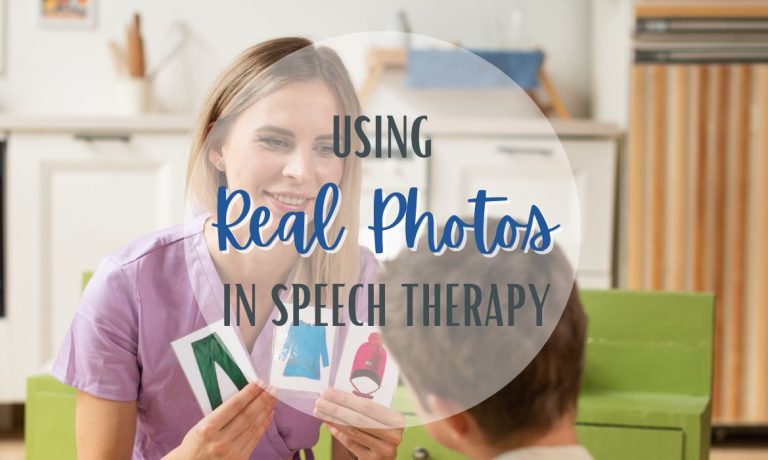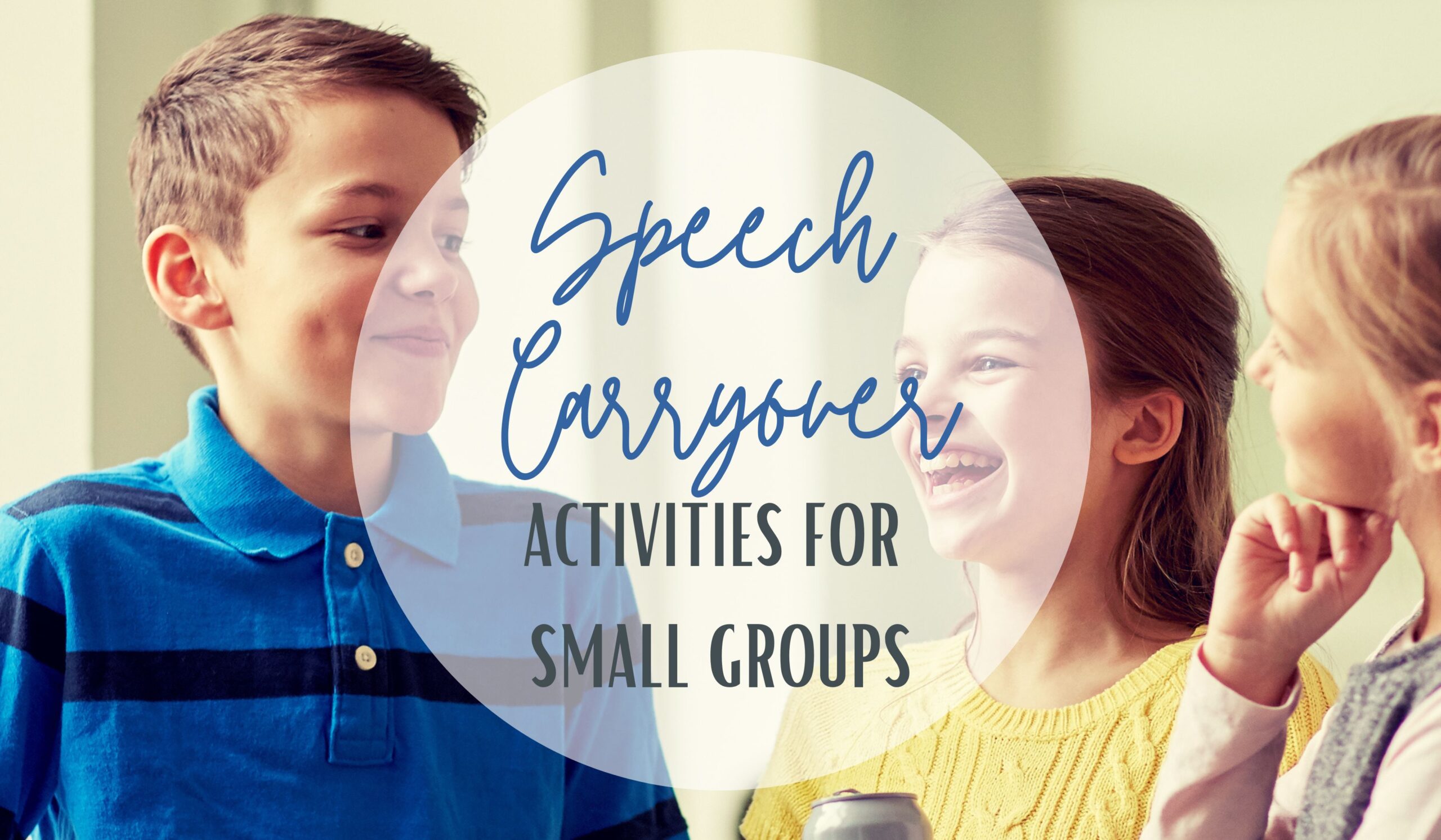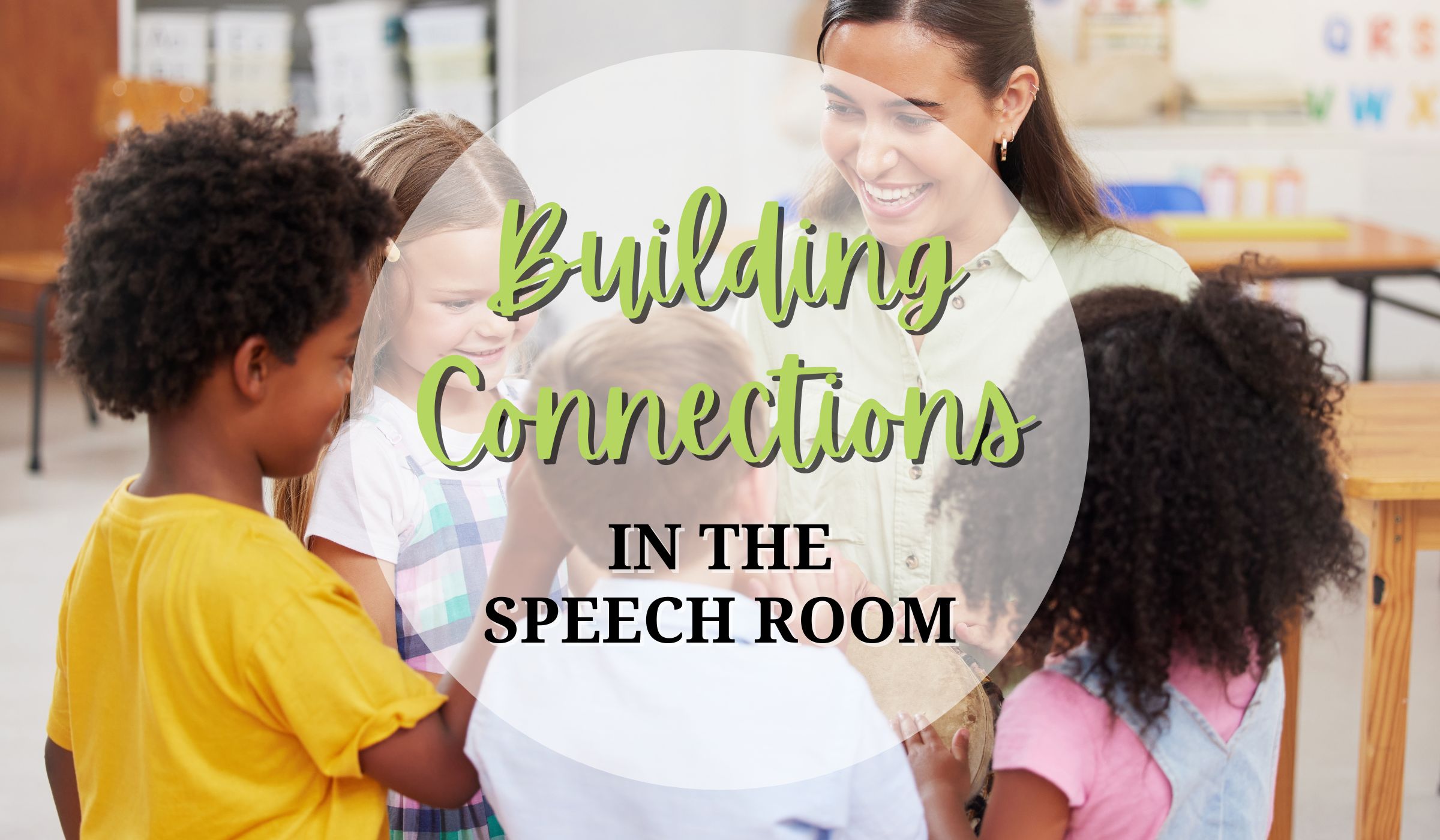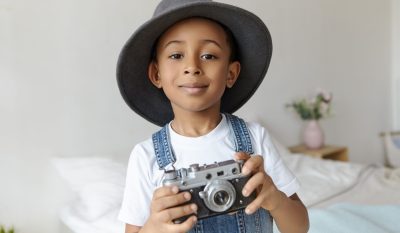
Real Photos or Clipart?
Every once in a while I receive a request for more resources made with real photos. Do you prefer using photos over clipart in your activities? Real photographs are actual images captured by a camera, while clipart tends to be simpler drawings or illustrations. With the advances in technology, photos are more accessible than ever. In addition, we don’t have to worry about using too much ink to print color photos with all of the new options for digital learning (e.g., Boom Cards, Google Slides, etc). This blog post is about the advantages of using real photos during speech therapy sessions.
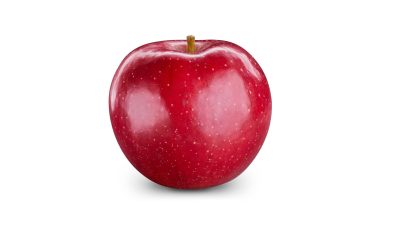
Photos are More Realistic
Photographs offer an authentic representation of reality. This can facilitate vocabulary development. When I was studying AAC in graduate school, I remember learning about the hierarchy of symbols. I learned that photos are more concrete compared to line drawings or clipart. Photos have a higher iconicity because the picture more closely resembles what it represents. The closer we can get to the real world, the more likely the skills are going to generalize to the real world. As a result, the use of real photos can lead to more generalization of speech and language skills. The following Pinwheel Speech activities use photos to target basic vocabulary and grammar skills:
- BIG Grammar Bundle Boom Cards
- Category Sorting Boom Cards
- Name the Category Boom Cards
- What Doesn’t Belong? Boom Cards
- Action Words BINGO Printable Activity
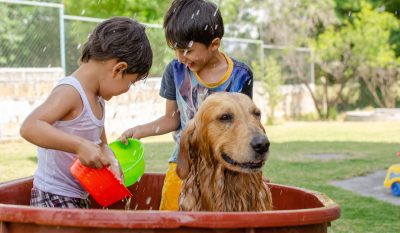
Photos Provide Contextual Clues
Photographs often depict real-life scenarios, objects, or people. This provides visual context that can aid in language comprehension and communication. In my opinion, bright colorful photos give students more opportunities to use rich language because of all the details. Real photographs capture actual scenes, objects, or people as they appear in reality. By increasing the details in the image, we are increasing the cognitive load of the activity. This makes them ideal for answering questions, problem solving, and making inferences (What season is it? Where are they? How do you know?). Here are a few of my favorite Pinwheel Speech resources made with real photos that target these skills:
- Picture Detective Activities Boom Cards & Printable task cards
- WH Questions Bundle Boom Cards & Printable task cards
- What’s Missing? Boom Cards & Printable task cards
- What’s Silly? Boom Cards & Printable task cards
- What’s Different? Boom Cards & Printable task cards
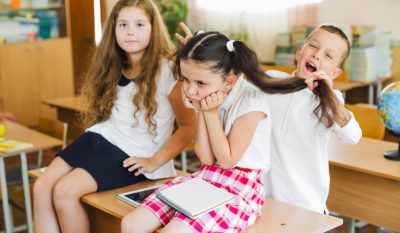
Photos are Relatable
Real photos provide a concrete reference that can help students better understand and relate to the content being discussed. Photographs often capture genuine expressions and candid moments. You can freeze a moment in time and analyze what is happening. This makes them ideal for resources that target social language skills (recognizing facial expressions, nonverbal communication, making social inferences, reading social situations, etc). Here are some of my favorite social language resources using real photos:
- Social Language Skills Boom Cards Bundle
- Understanding Gestures Boom Cards & Printable Task Cards
- Expected and Unexpected Behaviors Boom Cards
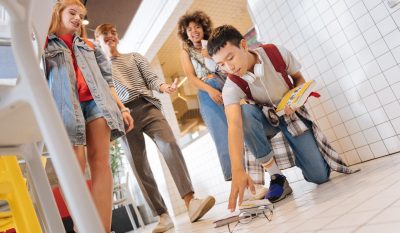
Photos are Age Appropriate
I often choose photos for my older students (4th grade and up) because clipart can be too cutesy. Cute clipart is a fun and appealing option for our youngest students but it may not be appropriate for middle/high school students. Real photographs are age appropriate for everyone. they offer a more realistic representation of a subject, while clipart can be more stylized or cartoonish. Lately, I have been working on adding more sequencing resources to the Pinwheel Speech store (Sequencing Skills Blog Post). Here are some Pinwheel speech resources that are appropriate for older students:
- Sequencing Real Photos Boom Cards & Printable sequences
- What Should You Do? Boom Cards & Printable Task Cards
- On Topic or Off Topic? Boom Cards
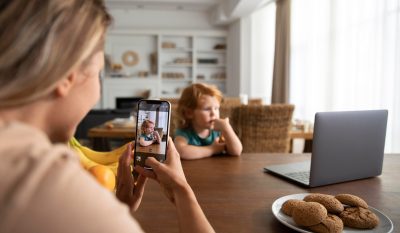
Photos Can Be Personalized
Photos that are personally meaningful or relevant to the individual can enhance engagement and motivation during therapy sessions. Photographs of the actual child, family members, and events can be used during therapy activities. Familiar people can be represented with photos in AAC systems. I have also created books filled with pictures of my students completing actions (waving hello, drinking, swinging, etc). In addition, you can take photos of your students demonstrating desired behaviors (sitting at the desk, sharing, lining up, washing hands, etc). By using actual images of the student, activities become more meaningful, engaging and relevant to their lives.
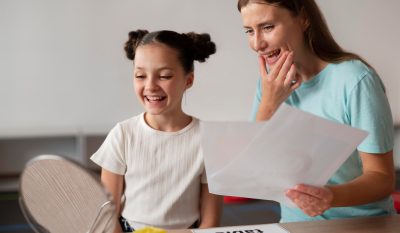
Using Photos for Articulation Practice
For our articulation students, mouth photographs can provide necessary visual cues that support correct sound production. Seeing the shape of a person’s mouth in a photograph can help them achieve the correct articulatory position. In addition, incorporating mouth images in reading instruction has been shown to enhance understanding of phonemes and improve reading skills.
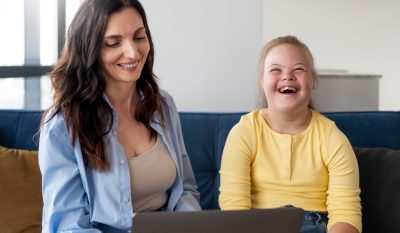
An Important Reminder
It’s important to note that while photographs can be highly beneficial, the specific needs and preferences of the individual should always be carefully considered when selecting therapy materials. Clipart employs simplified visual elements, with bold lines, flat colors, and minimal detail. This allows for quick recognition and comprehension. As a result, simple symbols can be ideal for AAC systems. Many students benefit from a combination of photographs, clipart, illustrations, or other visual aids based on their unique learning styles and goals.
What about you? Are you a fan of using real pictures during speech therapy activities? I would love to hear your thoughts! Comment below:)
